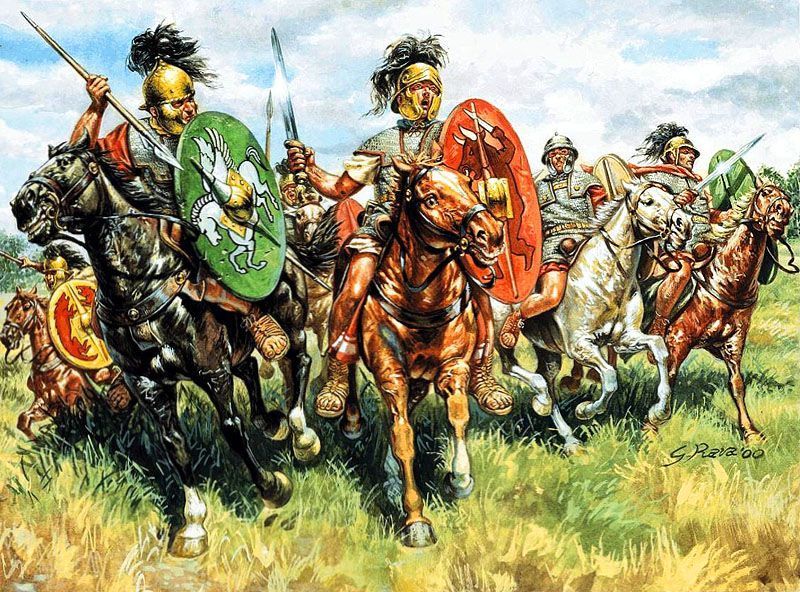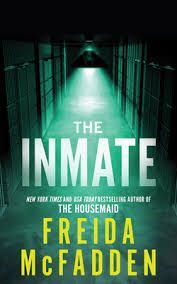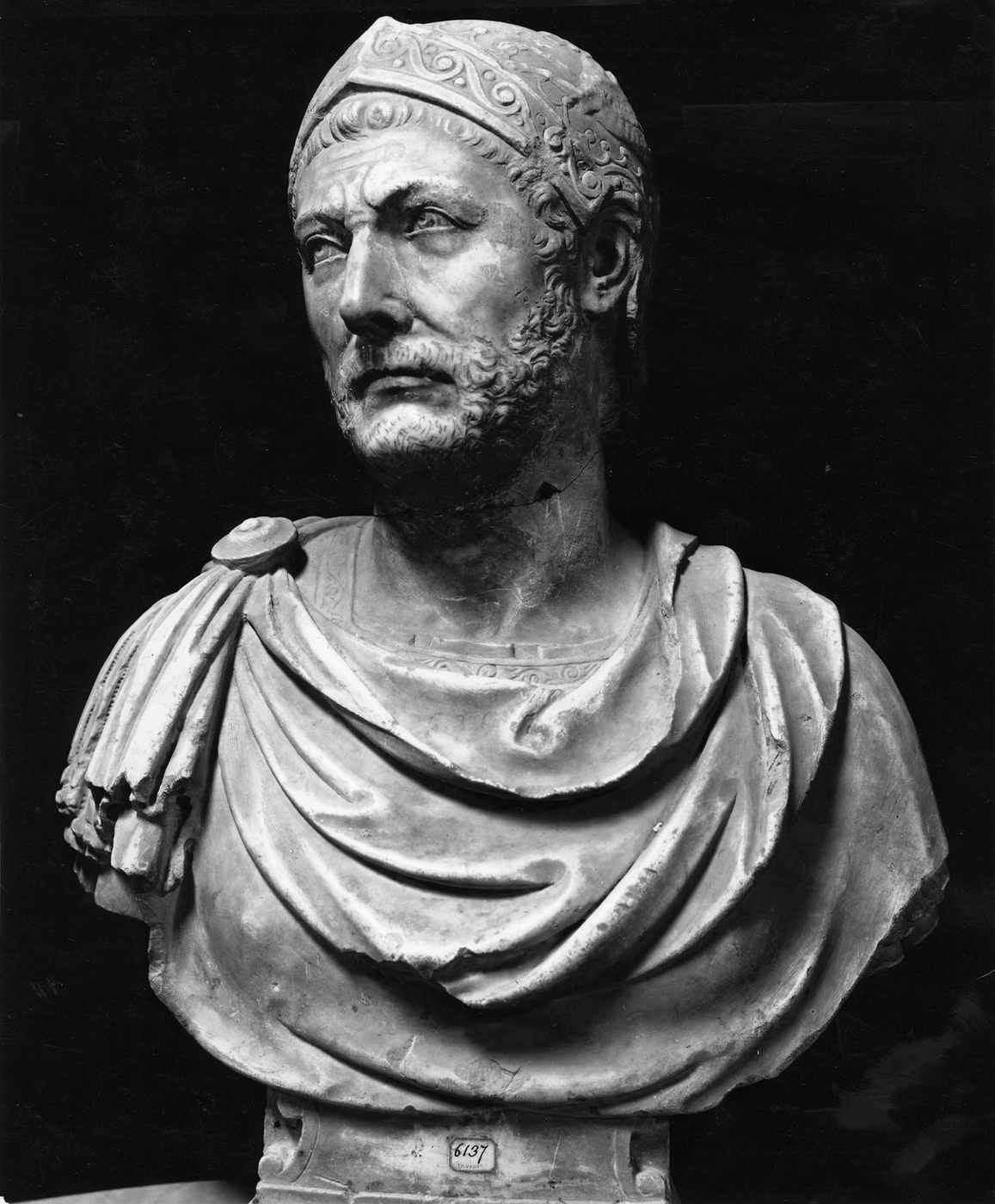The Biggest Mistakes I Made as a New Writer (And What I’d Do Differently)
Andrea Franco-Cook • May 28, 2025

This is a subtitle for your new post

The body content of your post goes here. To edit this text, click on it and delete this default text and start typing your own or paste your own from a different source.

Every novel I’ve written starts with something vague — a whisper of an idea, a line of dialogue, or an image that sticks with me. I don’t always know where it’s going. I don’t always know what it means. But that’s the fun of it. I’m not someone who outlines every beat of the story before writing. I’m what some people call a “pantser” — I write by the seat of my pants. My only rule? Start with a rough synopsis. It’s just enough to give me direction without boxing in the characters before they even have a chance to speak. This is how I go from idea to finished novel, not by plotting every detail but by creating space for the story to unfold as I write. Why Creativity is My Process I’ve tried rigid outlines. They kill the joy for me. I feel like I’ve told the story already — and my excitement to actually write it vanishes. What works better is jotting down a synopsis first. It’s loose, flexible, and usually focused on the emotional arc. That gives me enough to spot early plot holes, shape character motivations, and clarify themes. But once I start writing the first draft? That’s when the real discovery happens. Characters surprise me. Plot threads appear I didn’t plan. That’s the magic. 1. Catch the Idea Before It Disappears Some writers wait until the idea is “fully formed.” I don’t. When a sentence or a question hits me — “What if someone found a letter meant for someone else... 200 years ago?” — I write it down. My notes app is full of half-baked beginnings. I never worry if the idea is strong enough. If it sticks with me, it matters. Tip: Start a document just for these sparks. One day, one of them will demand your attention. 2. Start With an Emotional Hook Before I know the full plot, I try to understand what emotional truth this story is trying to tell. Is it about grief? Control? Redemption? That theme becomes my anchor — the one thing I come back to when I get stuck. It doesn’t have to be complicated. Sometimes it’s as simple as “learning to forgive yourself.” Tip: If your story had a heartbeat, what would it be feeling? 3. Let Characters Introduce Themselves When I write my first draft, that’s when I really get to know my characters. Yes, I’ll sketch a quick backstory or personality note in my synopsis — but I don’t know who they are until I write their voice. What they say, what they avoid saying, what they notice — that’s how I learn them. I discover their flaws, fears, and secrets along the way. That’s what makes them feel real to me — and hopefully to readers, too. Tip: If a character ever feels flat, put them in a new situation and see what they do. 4. Worldbuild as You Go Even when I’m writing fantasy or historical fiction, I don’t start with a giant map or ten pages of lore. I create the world as the characters move through it. I ask: what do they notice about the world? What details matter to them? Too much early worldbuilding pulls me away from the story. So I write what’s necessary to ground the scene, and expand it later if the plot demands it. Tip: Keep a world notes file. Drop facts in as they come up. 5. Use a Loose Synopsis, Not an Outline Instead of outlining chapter by chapter, I write a synopsis — one to two pages that sketch the main beats and emotional arcs. It’s not pretty. It’s often full of questions and “maybe this happens?” statements. But it’s flexible. And that’s what I need. I know where the story starts. I know where I think it might end. Everything in between? I discover it by writing. Tip: Write your synopsis like you’re pitching the story to a friend. 6. Draft Fast, Edit Later When I write my first draft, I don’t look back. I don’t fix typos or check facts or even worry if a scene works. My only job is to keep going. Some days that means 300 words. Some days that means 3,000. It doesn’t matter. What matters is staying in the flow. I write messy, weird, sometimes laughably bad first drafts. And I love them. Because they exist. And that’s the hardest part. Tip: Brackets are your best friend: [look up what trees grow in Scotland]. 7. Take a Break Before Rewriting When I finish a draft, I step away. I don’t even think about it for a week or two. Then I come back and read it like it wasn’t mine. This is when I finally see what’s missing — where the pacing drags, which characters don’t feel consistent, and where I lost the emotional thread. I never fear cutting. Sometimes entire scenes or subplots go. I’d rather rewrite a whole chapter than force something that doesn’t work. Tip: Save your deleted scenes. They often turn into short stories or come back in a future draft. 8. Make Dialogue Pull Its Weight Dialogue isn’t just talking. It reveals who someone is, how they think, what they want to hide, and what they’re afraid to say. I read mine out loud. If it sounds too clean, too polished, or too forced — it’s wrong. And if two characters agree on everything? Boring. Tip: Try writing a scene only in dialogue, no tags or action. If you can tell who’s who, it works. 9. Ask for Feedback — and Really Listen By my third draft, I let someone else read it. Usually more than one person. I ask questions like: ● Where did you get bored? ● Was anything confusing? ● Did you care what happened next? Feedback stings sometimes. But it always makes the story better. I don’t follow every suggestion, but I always listen. Tip: The second you start defending a scene... you probably know it needs work. 10. Polish Until It Feels Like a Real Book Once the story works, I zoom in. I smooth transitions. Cut filler. Rework bad metaphors. Delete “just” and “really” and “suddenly.” Then I read it out loud. Every. Single. Word. That’s where I catch rhythm problems and accidental repeats. Sometimes I use editing software. Sometimes I hire a proofreader. But either way, this is the final stretch. Tip: Change the font before your last read. It tricks your brain into reading with fresh eyes. Final Thoughts Writing isn’t a checklist — it’s a relationship. Sometimes it’s effortless. Sometimes it’s infuriating. But when it clicks? There’s nothing better. You don’t need to be a plotter or a perfectionist. You just need to start. Trust your instincts. Trust the mess. And let the story grow alongside you.

In the annals of ancient warfare, few commanders have left as indelible a mark as Hannibal Barca. Among his early feats during the Second Punic War, the Battle of Ticinus stands out as his first significant victory against Rome on Italian territory. This engagement not only showcased Hannibal's tactical prowess but also set the stage for subsequent Carthaginian successes in the heart of the Roman Republic. Setting the Stage: Prelude to the Battle The Second Punic War erupted in 218 BCE, fueled by escalating tensions between Rome and Carthage over control in the Western Mediterranean. Hannibal, determined to challenge Roman dominance, embarked on an audacious campaign, leading his army from Iberia, across the Pyrenees and the Alps, into the Italian peninsula—a feat that astonished contemporaries and historians alike. Upon learning of Hannibal's incursion, the Roman consul Publius Cornelius Scipio mobilized his forces to intercept the Carthaginian army. The two forces eventually confronted each other near the Ticinus River, in the region of present-day northern Italy. The Forces: Composition and Strategy Carthaginian Army: ● Commander: Hannibal Barca ● Strength: Approximately 6,000 cavalry, including elite Numidian horsemen known for their agility and hit-and-run tactics. Roman Army: ● Commander: Publius Cornelius Scipio ● Strength: Around 3,600 cavalry, supplemented by light infantry units called velites. Hannibal's decision to engage primarily with cavalry was strategic, aiming to exploit the superior mobility and combat skills of his mounted troops. In contrast, Scipio's forces were less experienced in cavalry engagements, relying more heavily on traditional infantry formations. The Battle Unfolds The confrontation at Ticinus was characterized by swift and decisive maneuvers. Hannibal initiated the battle by deploying his cavalry in a direct assault, with Numidian riders flanking the Roman forces. The Numidians executed a pincer movement, attacking from the sides and rear, which sowed confusion and disrupted Roman formations. The Roman velites, unprepared for such an aggressive cavalry onslaught, quickly retreated behind their own lines. The Carthaginian cavalry then clashed directly with the Roman horsemen, overwhelming them through superior tactics and coordination. During the melee, Consul Scipio sustained injuries and was at risk of capture or death. According to historical accounts, his son, the future Scipio Africanus, bravely intervened, rescuing his father and ensuring his safe withdrawal from the battlefield. Aftermath and Strategic Implications The Battle of Ticinus concluded with a decisive Carthaginian victory. Roman casualties were significant, and the morale of their forces suffered a substantial blow. Scipio, recognizing the untenable position, retreated to regroup and fortify his remaining troops. This victory had profound implications: ● Psychological Impact: Hannibal's success demonstrated the vulnerability of Roman forces, challenging the perception of Roman invincibility. ● Strategic Advantage: The win allowed Hannibal to secure alliances with local Gallic tribes, bolstering his army and resources for future campaigns. ● Momentum: The triumph at Ticinus set the stage for subsequent victories at Trebia and Lake Trasimene, further destabilizing Roman control in the region. Legacy of the Battle The Battle of Ticinus is remembered not only for its immediate tactical outcomes but also for its enduring legacy in military history: ● Cavalry Tactics: Hannibal's effective use of cavalry, particularly the Numidian horsemen, highlighted the importance of mobility and strategic flanking in warfare. ● Leadership: Hannibal's leadership and ability to inspire his troops were instrumental in achieving victory against a formidable adversary. ● Historical Significance: The battle marked the beginning of a series of engagements that would challenge Rome's dominance and test its resilience. Conclusion The Battle of Ticinus stands as a testament to Hannibal's military genius and the effectiveness of well-executed cavalry tactics. This early victory in the Second Punic War not only disrupted Roman plans but also emboldened Carthaginian forces to press further into Roman territory. For students of military history and enthusiasts of ancient warfare, the battle offers valuable insights into strategy, leadership, and the dynamics of conflict in antiquity.

Freida McFadden, renowned for her gripping psychological thrillers, delivers another page-turner with The Inmate . This novel intricately weaves themes of memory, trauma, and complex relationships, keeping readers on the edge of their seats. In this review, we'll explore the plot, characters, and the psychological undercurrents that make The Inmate a standout in the thriller genre. Overview of The Inmate Published on June 13, 2022, The Inmate has garnered significant attention, boasting a 4.03-star rating on Goodreads from over 828,000 readers. The story follows Brooke Sullivan, a nurse practitioner who returns to her hometown and takes a job at a men's maximum-security prison. Unbeknownst to her colleagues, one of the inmates is Shane Nelson, her high school sweetheart and the father of her son, Josh. Shane is incarcerated based on Brooke's testimony, adding layers of tension and unresolved emotions to the narrative. Plot Summary Brooke's return to her hometown is marred by the haunting memories of a tragic night 11 years prior, where several of her friends were murdered. Shane was convicted for these crimes, primarily due to Brooke's eyewitness account. As she navigates her new role in the prison, Brooke is forced to confront her past, especially when she rekindles a relationship with Tim Reese, another survivor from that fateful night. The plot thickens when Brooke discovers a body in Tim's basement, leading her to question her previous testimony and the true identity of the murderer. The narrative takes readers through a labyrinth of memories, secrets, and shocking revelations, culminating in a climax that challenges perceptions of guilt and innocence. Character Analysis Brooke Sullivan Brooke is portrayed as a resilient yet conflicted protagonist. Her internal struggle between professional responsibilities and personal emotions adds depth to her character. Her journey is a testament to the complexities of human psychology, especially when past traumas resurface. Shane Nelson Shane's character oscillates between a remorseful ex-lover and a manipulative convict. His interactions with Brooke are charged with tension, reflecting the intricate dynamics of their shared history. Tim Reese Tim emerges as a seemingly stable figure in Brooke's life, offering solace and a chance at normalcy. However, as the story unfolds, his character becomes a focal point of suspicion, challenging readers' initial perceptions. Themes Explored Memory and Trauma McFadden delves deep into the unreliability of memory, especially when clouded by trauma. Brooke's recollections of the night of the murders are fragmented, leading to a narrative that questions the accuracy of personal testimonies. Redemption and Forgiveness The novel explores the possibility of redemption, not just for those incarcerated but also for those burdened by guilt. Brooke's journey is as much about seeking forgiveness from others as it is about forgiving herself. Trust and Betrayal Trust is a recurring motif, with characters constantly grappling with whom to believe. The betrayals, both real and perceived, drive the plot forward, keeping readers guessing until the very end. Writing Style and Pacing McFadden's writing is characterized by short, punchy chapters that enhance the suspense. The narrative's pacing ensures that readers are constantly engaged, with twists strategically placed to maintain intrigue. Her background as a physician specializing in brain injury adds authenticity to the psychological aspects of the story. Critical Reception The Inmate has received widespread acclaim for its intricate plotting and character development. Readers have praised McFadden's ability to craft a narrative that is both emotionally resonant and suspenseful. However, some critiques point to certain plot elements as being overly dramatic, akin to a Lifetime movie. Nevertheless, the consensus remains that The Inmate is a compelling read for fans of psychological thrillers. Conclusion Freida McFadden's The Inmate is a masterclass in psychological suspense, blending themes of memory, trauma, and redemption into a cohesive narrative. Through well-developed characters and a plot filled with unexpected turns, McFadden invites readers to question the nature of truth and the reliability of memory. For those seeking a thriller that challenges perceptions and delves deep into the human psyche, The Inmate is a must-read.


